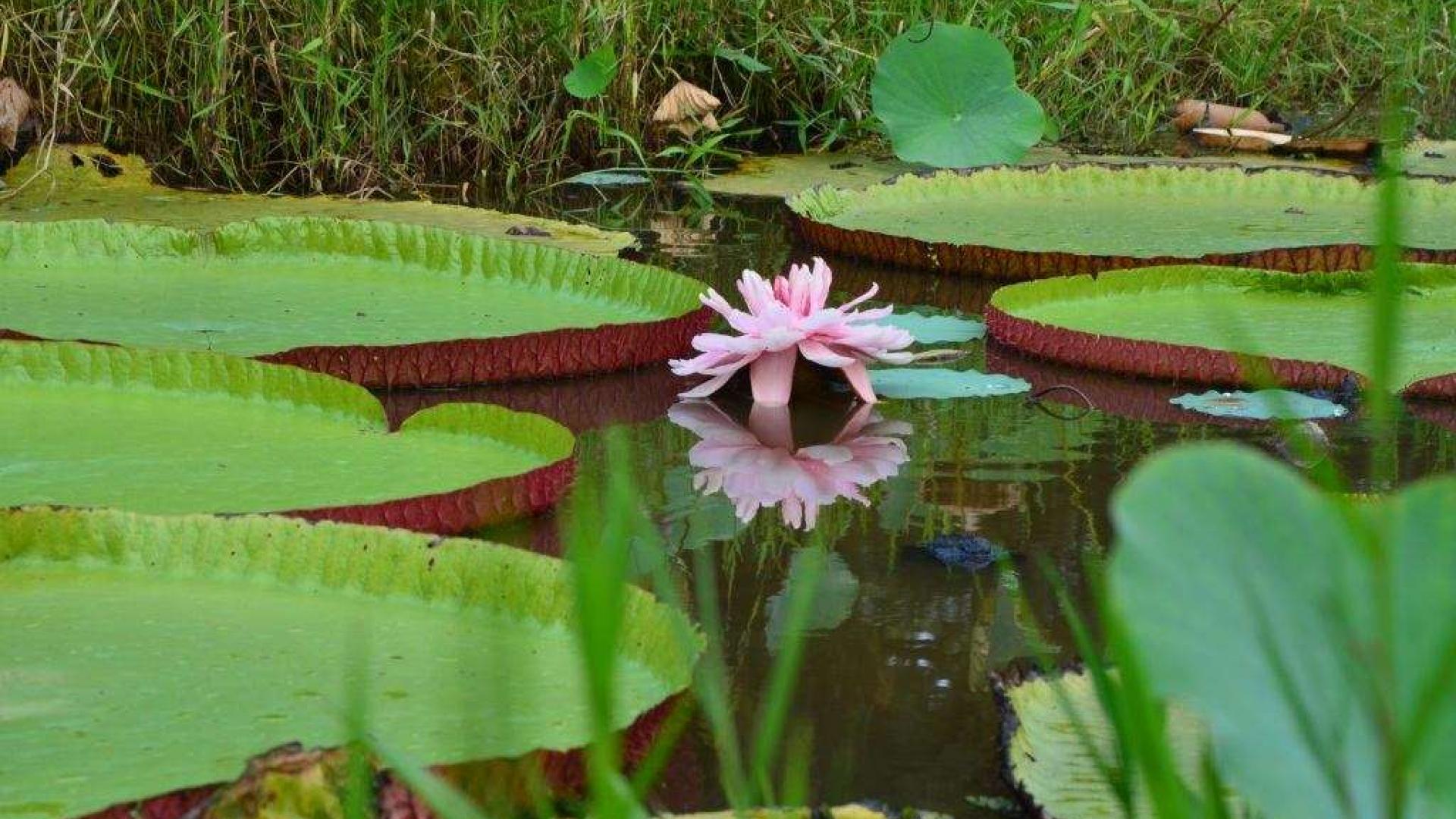Arrival of the Portuguese in Guyana
Since the abolition of the slave trade in 1807, and, especially, during the campaign to eradicate slavery, the planters of South America and the Caribbean and in Guyana, including felt an urgent need to find replacement workers. This replacement had to be cheap and reliable to fill the ranks, soon to be released by Africans.
At first, planters interested in finding workers from Europe. One reason for this decision was a clear numerical superiority over white black Guyanese. By a set of indentured workers from European countries could simultaneously create an alternative force to compete with former slaves on the plantations, and thus bring down the cost of wages.
In late 1834 a small group of Portuguese workers arrived to work the sugar plantations of Demerara area. Workers were recruited in the poorest strata of the population on the island of Madeira, Portugal owned.
In May 1935 another 40 farmers forced from Madeira arrived on the ship "Louise Bailey." By year-end profit is 553 workers who are assigned to various sugar plantations.
The peasants were able to Madeira farmers, as were born and raised on a small mountainous island, where every square inch of ground was precious.
In 1835, in addition to the Portuguese arrived a small group of German and British farmers.
In 1836 profits 44 Irish and 47 British workers. The following year, 43 workers from Glasgow, Scotland.
In 1939, 209 and 121 of the German Maltese were added to the population of Guyana.
Many workers are poorly adapted to the climate. Mortality was high. In particular, the Maltese workers on plantations in Essequibo Hibernia so damaged that the governor canceled their contract and arranged to send to Malta.
A large set of Portuguese workers was made in 1841, when Guyana 4297 earnings of workers.
The first Portuguese workers suffered from severe climatic conditions, malnutrition, poor housing, and especially from fatigue caused by the desire to improve their lives. Nevertheless, their suffering did not prevent the first settlers, who had returned after the contract to Madeira to meet their families and to encourage friends and relatives to emigrate to Guyana.
Repeated immigrants from Madeira better acclimatized and suffered less from disease.
In 1842 in British Guiana (Guyana), an epidemic of yellow fever, which killed many lives. However, the Portuguese workers continued to arrive, despite the ban on immigration from the epidemic. In the years 1842-1846 profits 1200. Also in 1846, Madeira, famine struck that forced 6,000 people to emigrate to Guyana.
Portuguese workers continued to arrive regularly in Guyana, despite the high mortality among the settlers due to epidemics, until 1882.
Total for the entire period of migration to Guyana came to 30 645 employees, mainly from Madeira and the Azores to Cape Verde and Brazil.
Portuguese workers rarely stay on the plantations after the completion of the contract. This was associated with severity of physical labor on the plantations and to the moral aspect. The work on the plantations was associated with slavery, and the workers were equated with the former slaves. They were treated as second class citizens with white, working instead of Indians and Africans.
After completion of 2 or 4 year contract, the Portuguese were made to develop a small plot of land and engage in trade. They quickly captured the championship in the trade area. Built and established supply stores on the plantation. Some of them have started to import their goods, including the famous Portuguese wines from Madeira.
By 1851 173 of 296 stores owned by the Portuguese. In New Amsterdam, they owned 284 of 432 stores.
The Portuguese made a great contribution to the economic development of Guyana. They accounted for a significant part of the growing merchant class, and become interlayer British expatriates and colored population.
- Log in to post comments





